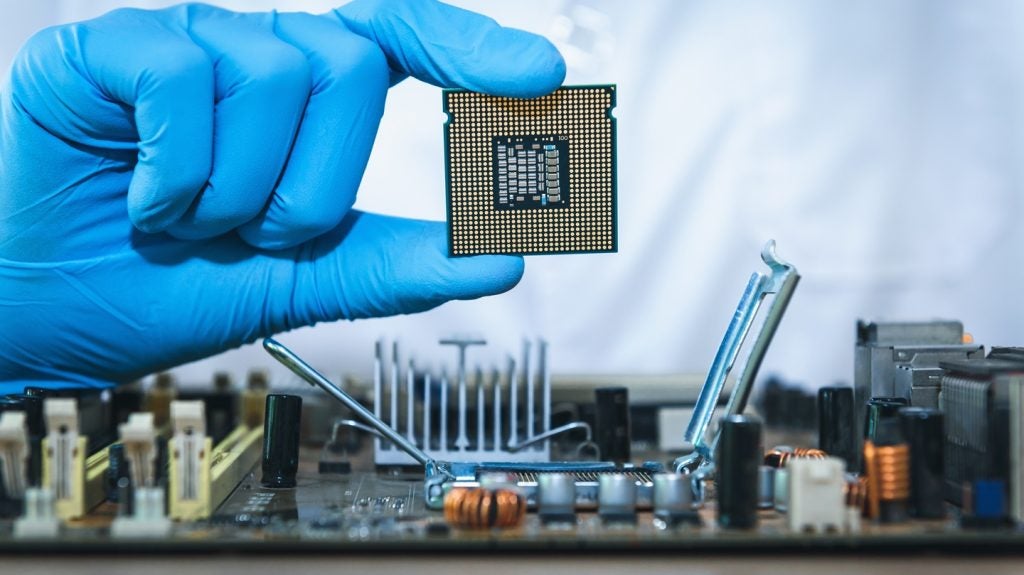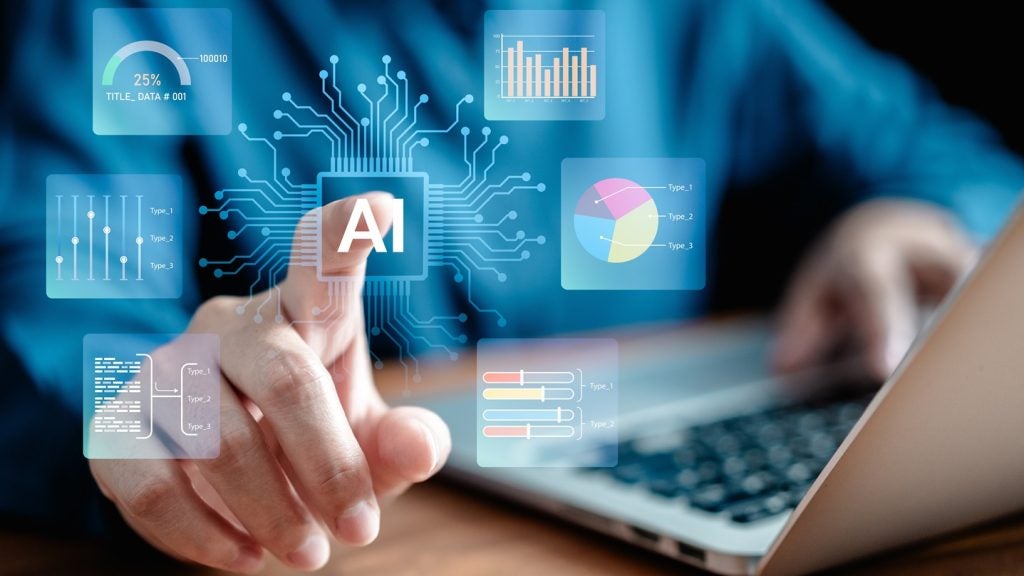Advanced Micro Devices has been granted a patent for a method to control compute units (CUs) in processors for neural network operations. The method involves detecting a condition to remap currently used CUs with replacement CUs that are not in use, and carrying out neural network operations using the replacement CUs. The remapping is based on factors such as unused CUs, completion of training sessions, calculation patterns, and data movement patterns. GlobalData’s report on Advanced Micro Devices gives a 360-degree view of the company including its patenting strategy. Buy the report here.
According to GlobalData’s company profile on Advanced Micro Devices, Device power optimization was a key innovation area identified from patents. Advanced Micro Devices's grant share as of September 2023 was 69%. Grant share is based on the ratio of number of grants to total number of patents.
Method for remapping compute units in neural network operations
A recently granted patent (Publication Number: US11775349B2) describes a method and apparatus for controlling compute units (CUs) in a processor that carries out neural network operations. The method involves detecting a condition to remap currently used CUs with replacement CUs that are not currently being used for the neural network operation. The condition for remapping can be based on factors such as the availability of unused CUs, completion of a training session, cyclical calculation patterns, and data movement patterns. Once the condition is detected, the logical address of the currently used CUs is remapped to the physical address of the replacement CUs, and the neural network operations are carried out using the replacement CUs.
The method also includes repeating the detection of the remapping condition and performing additional remapping operations to balance the workload levels among all CUs for neural network operations. Remapping is achieved by generating a remap table that maps the logical address of the currently used CUs to different physical addresses corresponding to unused replacement CUs. The method further involves detecting neural network operations executing on the processor and generating a logical to physical CU map table that contains data mapping logical addresses of currently used CUs to physical addresses and indicating currently unused CUs that can serve as replacement CUs.
The apparatus described in the patent includes a plurality of CUs configurable as a neural network for neural network operations. It also includes neural network compute unit remapping logic that is operatively coupled to the CUs. The remapping logic is responsible for detecting the condition to remap currently used CUs with replacement CUs and remapping the logical addresses to physical addresses. The remapping logic can repeat the detection and perform additional remapping operations to balance workload levels among all CUs. It can also remap a plurality of registers associated with currently unused CUs, ensuring different registers are used compared to previous use.
Overall, this patent presents a method and apparatus for efficient control of compute units in a processor carrying out neural network operations. By dynamically remapping CUs based on various conditions, workload balance can be achieved, leading to improved performance and resource utilization in neural network operations.
To know more about GlobalData’s detailed insights on Advanced Micro Devices, buy the report here.
Data Insights
From

The gold standard of business intelligence.
Blending expert knowledge with cutting-edge technology, GlobalData’s unrivalled proprietary data will enable you to decode what’s happening in your market. You can make better informed decisions and gain a future-proof advantage over your competitors.







